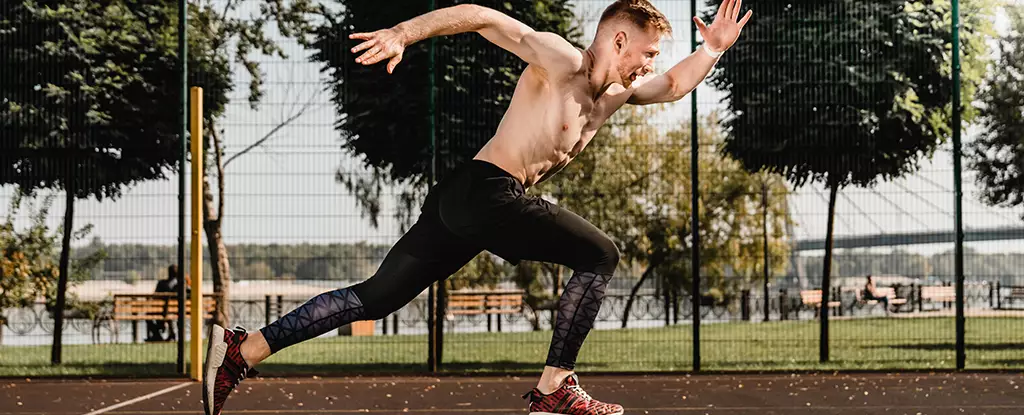For fitness enthusiasts and those engaged in physically demanding professions, the relationship between vigorous exercise and immune health has become a topic of increasing concern. Recent research published in 2023 draws alarming conclusions about how excessive exercise may compromise immune function, particularly in high-risk occupations like firefighting. With findings from a study involving more than 4,700 post-exercise fluid samples, the research sheds light on the potential dangers that lie beneath the surface of rigorous physical training.
The study, led by biomedical scientist Ernesto Nakayasu and his colleagues at the Pacific Northwest National Laboratory (PNNL), honed in on the effects of intense exercise on the immune system. The team examined the biological responses of 11 firefighters who engaged in a grueling 45-minute workout, during which they carried substantial weight across challenging terrain. By analyzing various bodily fluids—blood plasma, urine, and saliva—before and after this exercise, the researchers aimed to uncover any signs of immune suppression.
What emerged was a concerning pattern: while exercise often promotes overall health, the immediate aftermath of intense activity might leave individuals more vulnerable to viral infections. Nakayasu noted, “People who are very fit might be more prone to viral respiratory infection immediately after vigorous exercise,” highlighting a paradox within the fitness community.
The implications of these findings are significant, especially for those working in emergency services or athletic environments where physical resilience is crucial. The study confirmed a notable decrease in molecules linked to inflammation immediately following strenuous exercise. This suppression could hinder the body’s ability to combat infections, raising concerns about the balance of exercise intensity and overall health.
While moderate exercise is widely recognized for its immune-boosting properties over the long term, the short-term impact of intense workouts remains contentious. Previous studies hinted at a correlation between high-intensity activities and an increased incidence of upper respiratory tract infections among athletes. However, establishing a direct causal link between vigorous exercise and immune challenges continues to elude researchers.
In examining the firefighters’ bodily fluids, researchers observed changes that prompted several hypotheses. The increase of opiorphin, a molecule responsible for dilating blood vessels, could suggest a physiological adaptation aimed at enhancing oxygen and nutrient delivery to muscles during exertion. Meanwhile, a decline in inflammatory molecules in saliva may serve as a response mechanism to meet the acute demands of exercise.
Furthermore, researchers noted shifts in the oral microbiome post-exercise, which they speculated might be an adaptive response to the immune suppression observed. An increase in antimicrobial peptides was detected, thought to bolster the body’s defenses. However, the findings hinted at disappointing efficacy, as this increase showed no significant effect on inhibiting the growth of E. coli, indicating that while the body attempts to ramp up defenses, its capacity may be limited.
The results of this study are not without debate. Some researchers propose that the observed changes in the immune response may not signify suppression but rather indicate a heightened surveillance and regulation of the immune system. This perspective suggests that the immune system may efficiently adapt to the stress of vigorous exercise, rather than succumbing to it. Still, the authors urge caution given the unique environmental pollutants firefighters encounter during their work, which may further complicate their immune responses.
Moreover, the study primarily focused on healthy, active male firefighters, underscoring the need for further research to explore these dynamics across different demographics, including various genders and age groups. By diving deeper into this complex relationship between exercise intensity and immune health, future investigations could illuminate effective strategies for mitigating risks while maintaining fitness.
This critical look at the intersections between exercise and immune function urges both fitness enthusiasts and professionals to consider the potential repercussions of extreme training regimens. While physical activity remains a cornerstone of healthy living, this research advocates for a balanced approach, emphasizing the importance of moderation to protect against unintended consequences. As the dialogue around exercise evolves, maintaining awareness of its impacts on overall health—including immunity—will be essential for safe and sustainable fitness practices.


Leave a Reply